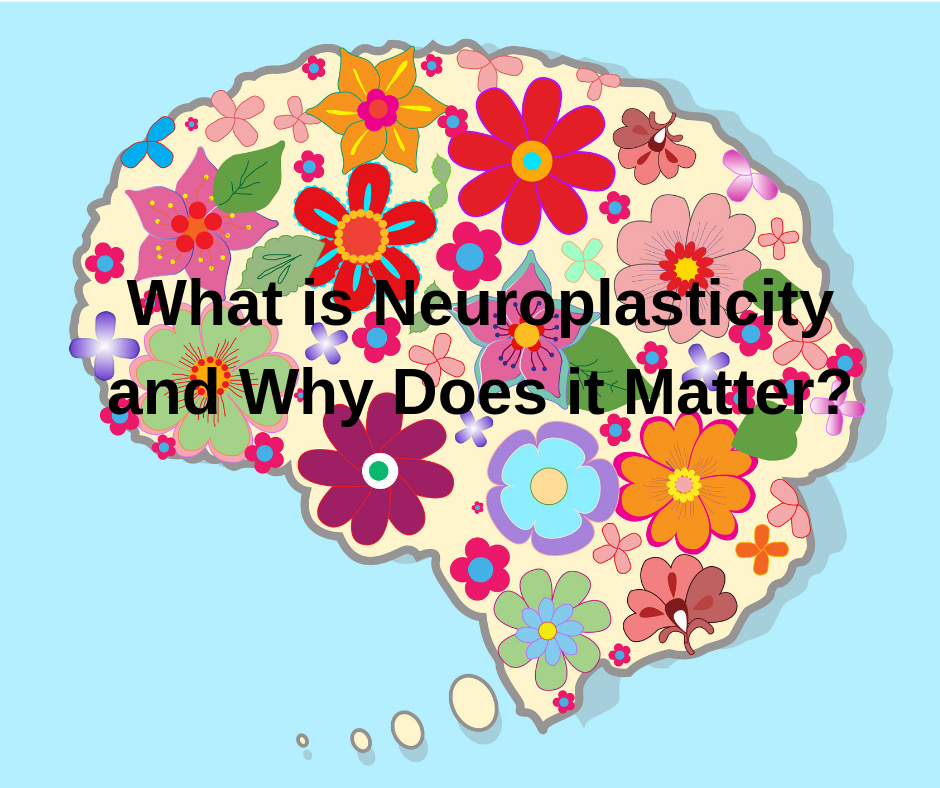What is Neuroplasticity and Why Does It Matter?
What is neuroplasticity?
Simply put, neuroplasticity is the ability of our brains (neuro) to be pliable (plasticity) and change. For a long time, it was thought that our brains don’t change much once we reach adulthood. But the last two decades have seen an explosion of research in the field of neuroscience showing that, in fact, our brains are continually changing throughout our lifespan.
Why is neuroplasticity important?
From neuroscience, we now know that all our experiences are continually reshaping our brains, in both helpful and unhelpful ways. An example of helpful neuroplasticity is our ability to learn new things, which has been shown to be possible even into advanced old age. An example of unhelpful neuroplasticity could be having a challenging experience with something (say a dental visit) and then having negative associations that lead us to avoid similar situations in the future, even if they would be beneficial for us.
As described in “Fire Up Your Writing Brain: How to Use Proven Neuroscience to Become a More Creative, Productive, and Successful Writer” by Susan Reynolds, neuroscientists have discovered that “the human brain has the plasticity that’s necessary to do the following things:
change its physical structure
repair damaged regions inflicted by strokes, concussions, or other injuries
re-assign the tasks of a damaged region to a healthy one
grow new neurons [brain cells] and discard neurons not in use
rewire existing neuronal connections
create complex neuronal networks to master new skills”
The really exciting thing about neuroplasticity is that every day more is being learned about how we can use positive self-directed neuroplasticity for our benefit, to make desired changes in our lives. We can use our conscious minds to literally change the physical structures of our brains. As we change our physical brains, that feeds back to new patterns of thinking, feeling, and behaving, which makes it easier to continue reshaping our physical brains, and so on, creating a positive loop. We no longer have to be at the mercy of old patterns, we can change them.
In future blog posts we’ll explore ways we can harness the power of self-directed positive neuroplasticity to make helpful changes in our brain functioning, which can assist us to live our best lives and make a difference in the world.
I’d love to hear from you! Please send comments, questions, and suggestions to liz@happybrainlife.com.
Have a wonderful day!
Liz



